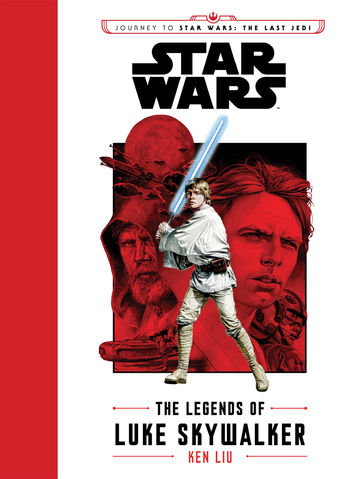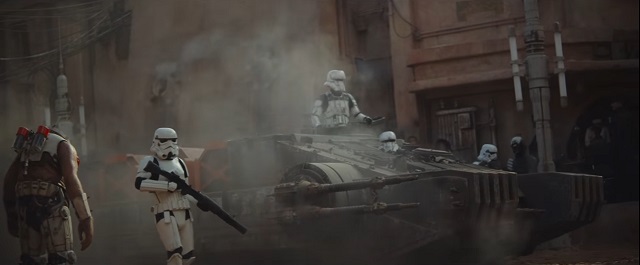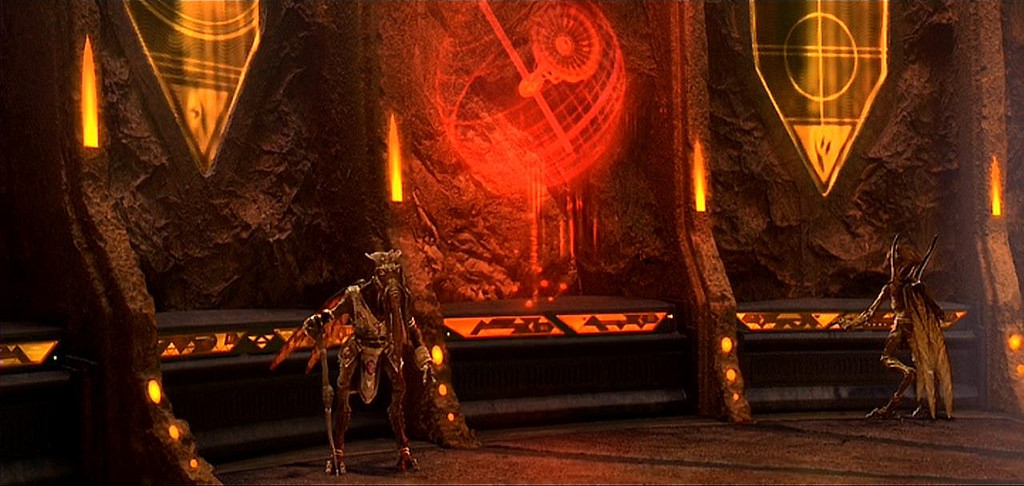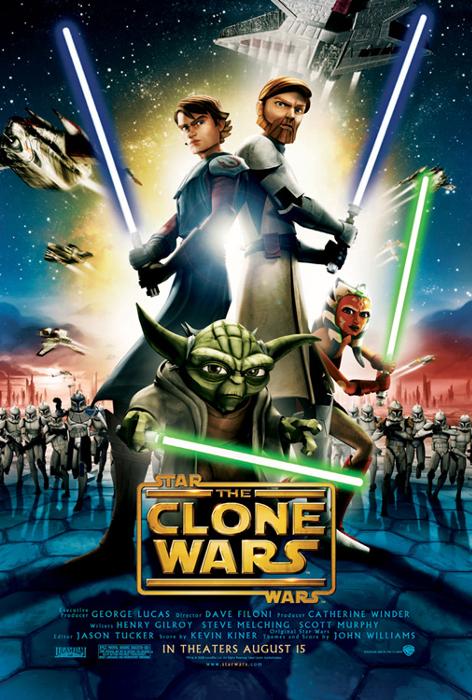—spoilers from Legends of Luke Skywalker ahead—
 To say Ken Liu’s The Legends of Luke Skywalker has been keenly awaited would be an understatement. Since the great reboot that followed Disney’s acquisition of Lucasfilm, there have been exceedingly few stories of what Luke has been doing after the fall of the Empire. There was Shattered Empire, but that was only one issue out of four and that was more or less it. For some the book has been a disappointment for its lack of actual ‘here’s what Luke really did next’ material. Instead, the book is of a far more playful and trickster nature, built around stories being told of Skywalker. Are they all true? That’s up to the reader, but there are hints that sometimes tip the deck one way or another. Expecting a book coming out ahead of The Last Jedi to have much in the way of revelations is expecting the impossible, the pattern was set by The Force Awakens. If there are major ‘this really happened’ stories, they will be next year, not now. Nor was the book ever deceptive about its premise in its marketing either.
To say Ken Liu’s The Legends of Luke Skywalker has been keenly awaited would be an understatement. Since the great reboot that followed Disney’s acquisition of Lucasfilm, there have been exceedingly few stories of what Luke has been doing after the fall of the Empire. There was Shattered Empire, but that was only one issue out of four and that was more or less it. For some the book has been a disappointment for its lack of actual ‘here’s what Luke really did next’ material. Instead, the book is of a far more playful and trickster nature, built around stories being told of Skywalker. Are they all true? That’s up to the reader, but there are hints that sometimes tip the deck one way or another. Expecting a book coming out ahead of The Last Jedi to have much in the way of revelations is expecting the impossible, the pattern was set by The Force Awakens. If there are major ‘this really happened’ stories, they will be next year, not now. Nor was the book ever deceptive about its premise in its marketing either.
The first story concerns an engineer spinning a tall tale to a rapt audience. It is subtly suggested the audience’s main interest is in how ludicrous a tale can be spun, for it is a tale of mad, bad conspiracy theories aimed squarely at the exploits of Luke, Han and Leia, with one aim: to drag them down and dismiss them as frauds. When the reader engages with this tale, the initial response may well be to opt for outraged dismissal: what a pile of crap, this is an outrage. Yet to do so would be to play into the story’s hands, Liu is quite aware outrage might result. Look further: When we read or watch or play a Star Wars story, we do so separately from our lives. Luke, Han and Leia are not actual people. What if they were? If you were living in that galaxy at the time of the films or after, if you heard three people led the war the take down the Empire that ran the galaxy, then how can you possibly live up to that? If they did that with their lives, what does that make yours? Easier, by far, to spin a few conspiracy theories that render them frauds as then you’re protected, no comparison to lose out to. Read More
 It’s interesting that both of these books have come out in close proximity to each other. Each exists to promote a different item – Phasma is a Journey to the Last Jedi book, while Battlefront II: Inferno Squad tells you exactly what it is about. Both give an Imperial viewpoint, but they do so in very different ways.
It’s interesting that both of these books have come out in close proximity to each other. Each exists to promote a different item – Phasma is a Journey to the Last Jedi book, while Battlefront II: Inferno Squad tells you exactly what it is about. Both give an Imperial viewpoint, but they do so in very different ways.

 It is. Really. If it wasn’t for the Rebels cartoon and its friends, the A New Dawn book and the Kanan comic, I’d still be able to not care about the Clone Wars cartoon. Well, that and someone deciding to reboot the entire line a couple of years ago…
It is. Really. If it wasn’t for the Rebels cartoon and its friends, the A New Dawn book and the Kanan comic, I’d still be able to not care about the Clone Wars cartoon. Well, that and someone deciding to reboot the entire line a couple of years ago…